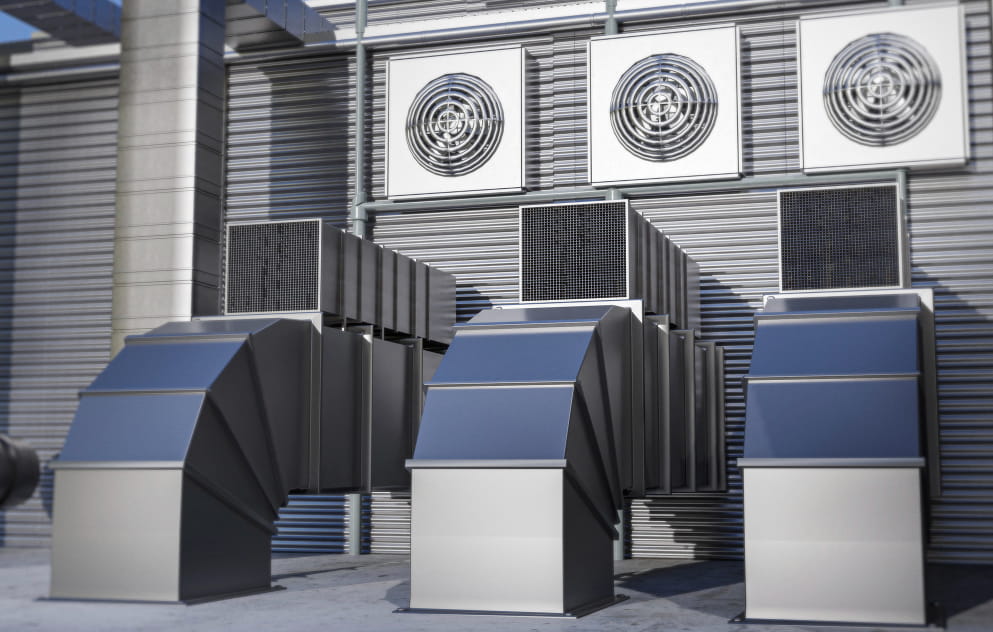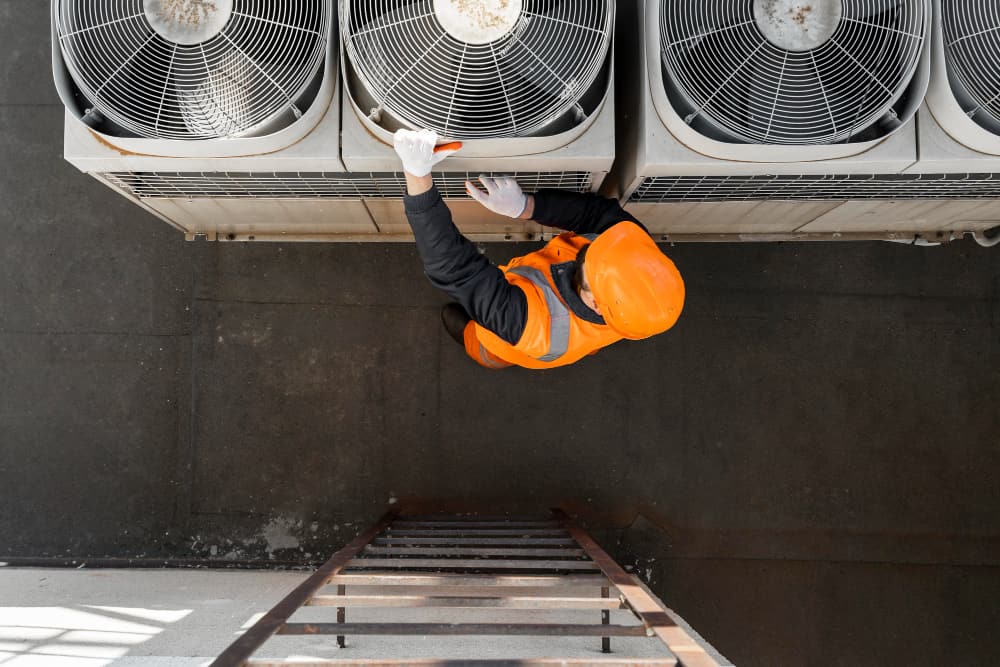Everyday life tends to make us take the comfort of our homes and offices for granted. Regarding comfort, HVAC systems have become an essential element of modern buildings. It provides optimal temperature and air quality indoors. This comprehensive guide on “Understanding the Key Components of an HVAC System” seeks to demystify this complex system.
In our HVAC 101 guide, we dive deep into each key component, function, and interdependency to provide a solid understanding that enables better maintenance decisions. If you’re interested in professional HVAC services in Dayton, Ohio to ensure your system’s optimal performance, look no further than Stanley Heating, Cooling, and Plumbing. Let’s learn about the parts of HVAC systems at our places!
A Brief Overview of HVAC Systems
HVAC is an integral system in buildings that controls indoor comfort. It involves multiple technologies for maintaining temperature, humidity, and air quality – heating often provides warmth through furnaces or heat pumps. It does the ventilation, maintaining air circulation to combat pollutants while improving quality.
Besides, air conditioning cools the environment by extracting heat for relief during warmer months. All three can either stand-alone or integrate seamlessly to meet various climate changes.
Importance & Functions of an HVAC System
Let’s take a closer look at the importance and functions of HVAC systems, and why installing a new air conditioning unit in Dayton, Ohio is a wise decision:
Importance of HVAC Systems
HVAC systems are an integral component in creating comfortable and healthy indoor environments with:
Temperature Control: These systems use climate control technology to maintain optimal indoor temperatures throughout all seasons and weather conditions. It keeps the homes and offices comfortable all year round.
Air Quality: HVAC systems recirculate fresh air while filtering pollutants such as bacteria, allergens, and dust from indoor air quality systems. It helps to improve the air quality we breathe inside our homes and offices.
Functions of HVAC Systems
HVAC systems serve multiple essential purposes:
Heating: During colder months, the heating component warms the interior space by transferring heat from an external source.
Ventilation: Ventilation is another essential function that exchanges indoor air with outdoor air, exchanging moisture, odors, smoke, heat, dust, airborne bacteria, and carbon dioxide. At the same time, it replenishes oxygen levels in return.
Air Conditioning: HVAC systems offer effective cooling in hot weather by eliminating excess heat and humidity. It creates a comfortable living and working environment.
The Fundamental Parts of a Residential HVAC System
HVAC parts play a crucial role in ensuring optimal comfort and performance. Understanding the different components of your HVAC system is essential to keep it running smoothly and efficiently. Let’s delve into each key part and its function to gain a comprehensive understanding of your residential HVAC system.
Thermostat: Your thermostat serves as the user interface for your HVAC system, sensing temperature changes and allowing you to set desired comfort levels.
Furnace: At the heart of any HVAC system is its furnace, which is responsible for heating air throughout your home. It can produce heat using various fuel sources like natural gas, propane, or electricity.
Heat Exchanger: Situated within the furnace, the heat exchanger heats up when activated to warm cool air passing over it. Its main role is to warm it before returning it into the atmosphere.
Air Conditioner: Your air conditioning unit stays outside your home and utilizes refrigerant, condensers, coils, and fans to cool air while blowing away hot air.
Ductwork: Ductwork is the system of ducts that transport hot or cold air around your home and is essential in evenly dispersing airflow throughout.
Vents: Vents provide air to each room and can be adjusted to control how much air enters.
Air Handlers/Blowers: These components move air through your ductwork system to distribute it throughout your home.
Filters: Filters are vital components of a properly functioning HVAC system and indoor air quality, trapping dust, pollen, and other airborne particles.
Common HVAC System Issues & Component Failures
Even with regular maintenance, HVAC systems can encounter various problems over time. Understanding these common issues and component failures can help you take timely action to keep your system running smoothly.
Thermostat Malfunctions: The thermostat controls the operation of an HVAC system. If it malfunctions, your system may not turn ON/OFF when required. The issues can range from incorrect calibration to complete failure, requiring thermostat replacement.
Airflow Problems: Clogged filters, blocked vents, or duct leaks can all lead to insufficient heating or cooling. Regular maintenance and professional cleaning of air ducts can help prevent this common problem.
Mechanical Failures: Components like fans, belts, and bearings can wear out over time, causing the HVAC system to overheat or fail. Regular inspection and replacement of worn parts are crucial for the system’s longevity.
Refrigerant Leaks: Leaking refrigerant is a common problem in air conditioners and heat pumps. It not only decreases system efficiency but is also harmful to the environment. The leaks should be repaired promptly by professionals.
Compressor Failures: The compressors can fail due to overheating, inadequate refrigerant, or electrical problems. A failed compressor often requires complete replacement, which can be costly.
Choosing the Right HVAC System for Your Needs
Understanding the key parts of an HVAC system is vital for homeowners, facility managers, and HVAC professionals. This guide outlined the essential elements – heating, ventilation, and air conditioning units.
You can contact Stanley Heating, Cooling, and Plumbing if you are looking for the best HVAC systems for your residential or commercial place.



